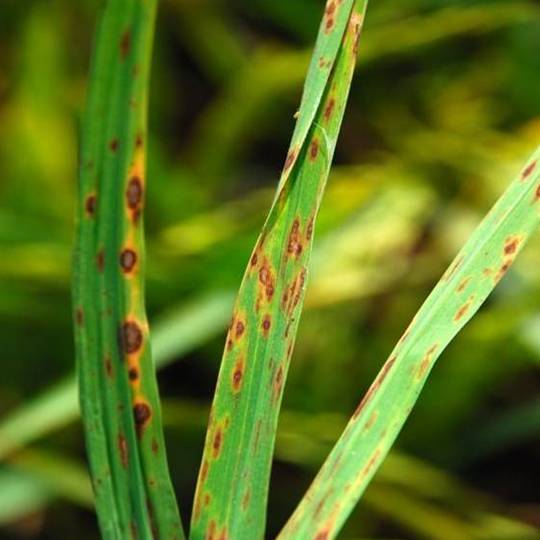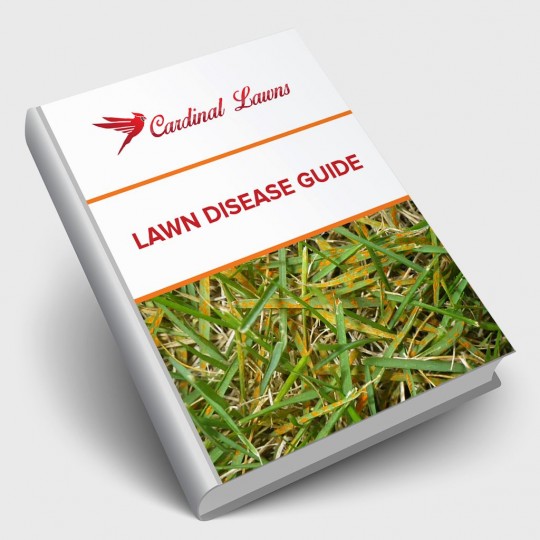Leaf Spot Disease
Identification and Treatment
Posted
April 20, 2017

Leaf spot disease occurs on a wide range of native and ornamental trees and shrubs. Many leaf spot diseases are similar and can be treated in the same way. Like other forms of plant disease, leaf spot disease weakens trees and shrubs. The spots interrupt photosynthesis, which affects a plant’s energy, growth, and defenses.
Many forms of leaf spots are minor, but could lead to a larger problem if you’re seeing signs of the disease season after season. Since it’s possible for the disease to survive over winter, you may notice leaf loss during several consecutive growing seasons. This will result in reduced plant growth and a higher risk of pests and spread of disease.
Most leaf spot diseases are caused by fungi, but a few diseases are caused by bacteria or other pathogens. Many of these pathogens will only affect certain trees, but almost all trees and shrubs are susceptible to one or more leaf spot diseases.
Leaf Spot Disease Identification
Leaf spots come in a wide variety of shapes, sizes, and colors and can be found anywhere on the leaf. Depending on the type of disease, the following factors can vary greatly:
Location: you’re more likely to see signs of disease on the lower and inner branches where humidity is higher and leaves are more shaded. Random surface spots appear from pathogens that are blown by wind, rain, or irrigation.
Shapes: angular, rounded, raised, or sunken, and have smooth or fringed edges.
Color: range from yellow, green, orange-red, light tan, brown, or black.
Size: one plant can show different sized spots depending on how old the infection is; small spots are younger, and large spots are older infections.
Treatment of Leaf Spot Disease
While leaf spot disease may not seriously harm your tree, there are ways to prevent and treat the effects:
- Rake and dispose of fallen leaves to guard against the disease re-infecting the plant.
- Don’t overcrowd plants. When planting, space them far enough apart to account for size at maturity.
- Prune trees or shrubs for better light penetration and air circulation.
- Wet conditions promote disease, so redirect any sprinklers that wet the lower leaves.
- Water throughout the growing season so that the top of the soil is moist. Soil should be dry before watering again.
- Annually reapply a flat layer of mulch around your tree. Leave a space between the mulch and stem for air movement.
- Fungicides are only necessary if a tree has been completely defoliated several years in a row.
- Hire a professional arborist to treat leaf spot diseases in large trees.
If your trees or shrubs are consistently losing leaves to leaf spots, contact Cardinal Lawns at 614-808-4446 to discuss your options.

Download Your FREE Lawn Disease Guide
Even the most manicured landscapes are susceptible to lawn disease. Take some time to learn about identification and removal before one takes over your lawn. This handy guide teaches you how to spot common lawn diseases as well as how to properly treat them.